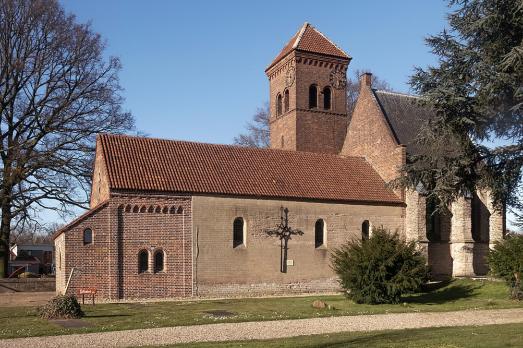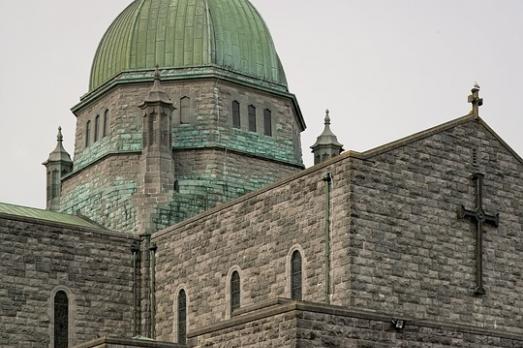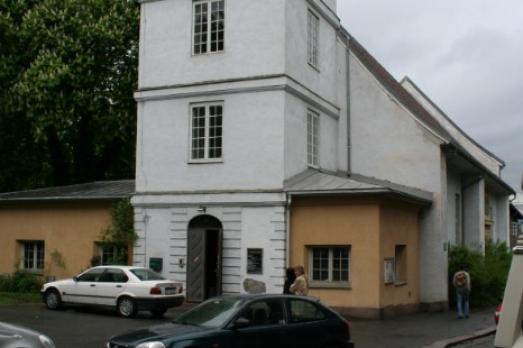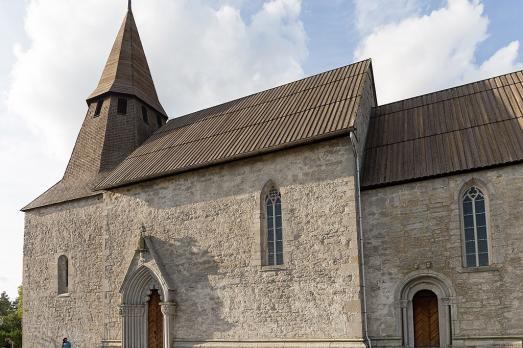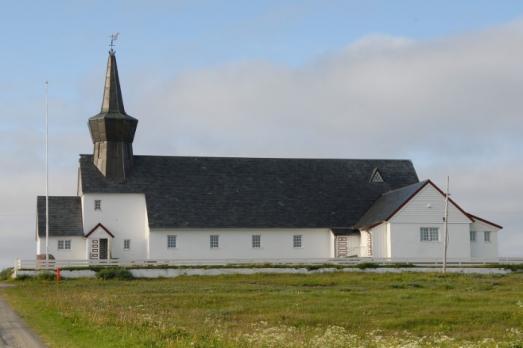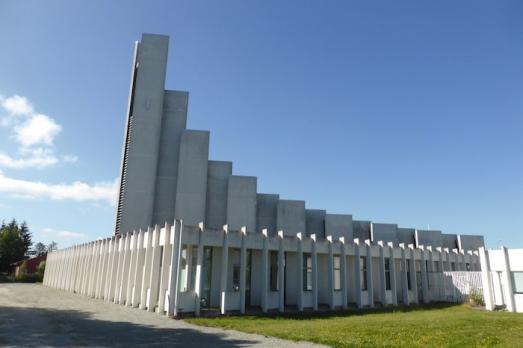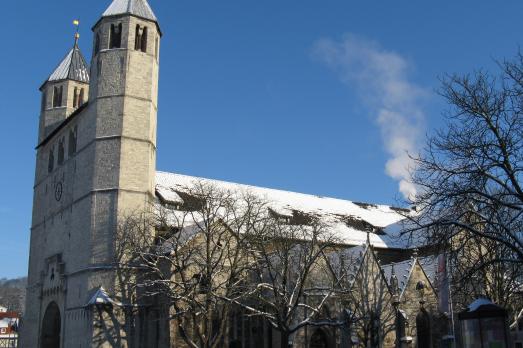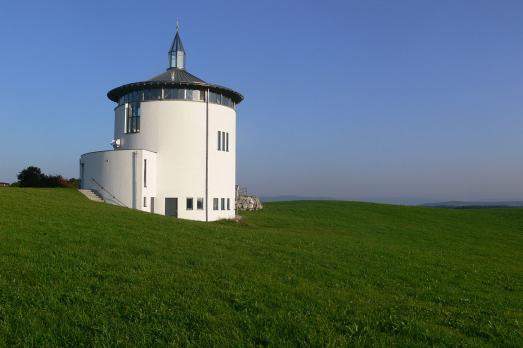
Gallus Chapel of Winterberg
Leutkirch im Allgäu, DE
The Gallus Chapel of Winterberg, which was consecrated in 2000, is a motorway chapel located close to the Federal Highway 96. The chapel was planned and designed by the architect and former mayor of Leutkirch Georg Zimmer. The planning and construction management was carried out by the architect Georg Heinz from Adrazhofen and the technical construction management by Anton Bodenmüller from Tautenhofen.
